The content of the article
Celery is one of the most healthy vegetables. Juice is squeezed out of the petioles, which promotes weight loss, strengthens the nervous system and improves skin color. Useful amino acids, microelements, carotene and other elements saturate a green vegetable. Beginners need to know when to collect grown celery, and how to store it, so that all its properties do not disappear after a while.
Harvesting
A gardener will grow large, sweet celery stalks if they observe all the rules when planting. It is necessary to find out what time it takes to harvest from this crop.
Celery is very sensitive to negative temperatures. This is especially true for self-bleaching varieties, as they are not buried in the soil and not mulched. They must be cut before the onset of cold weather no later than September. In the presence of insulation, you can postpone the collection for 2 weeks.
Important! The recommendations on agricultural technology spell out the time of harvest, in most cases they are 11-16 weeks. Otherwise, the vegetables will harden and lose their taste and aroma.
All celery is dug out of the soil, roots are removed, and in this state they are stored. For varieties that need rearing, the roots are not cut, sprinkle with wet sand and put in a cellar or greenhouse.
Storage and processing conditions
There are 5 ways to store celery root:
- Cold cellar - useful properties and appearance are preserved in full, but for a short period - no more than 2 months.
- Refrigerator - suitable for trimmed roots, for up to 3 weeks.
- Freezing - after such storage, shred salad or get the juice will not work, the shelf life is up to 1 year.
- Drying - most of the beneficial properties are preserved, but the cuttings are suitable only as seasonings in the main dish, dried celery is stored for more than a year.
- Salting - vegetables are poured with plenty of salt and stored in the refrigerator all winter.
Experienced housewives use several methods at once, so that you can cook a vegetable at any time of the year.
Fridge
Purchased or taken from the cellar celery is stored in the refrigerator until the next preparation. It is necessary to preserve the elasticity of the stems, and to prevent rotting. Celery is washed, dried and packaged in one of the following ways:
- foil wrapping;
- wrapping a paper towel and laying in a plastic bag;
- use of food film.
Dried parts are cut before cooking. Celery retains most of its beneficial elements.
Cellar
This is the most effective way to store cuttings. In celery, the foliage is cut, the rhizome is left to 3 cm. All cuttings vertically fit into the prepared box and covered with sand to half the height of the container. Some specimens can be filled with wet sand or peat. In the absence of a basement, celery can be stored on a cold balcony, veranda or loggia. The main condition - the temperature should not be below 0 degrees.
Frost
A very popular method. Despite similar storage conditions, there are significant differences: the presence or absence of heat treatment.
You can apply blanching. The process is similar to the processing of Brussels sprouts.The action plan is as follows:
- Wash cuttings, cut hard fibers, cut into small or medium pieces.
- Sliced vegetable dipped in boiling water for 2-3 minutes.
- Pull the celery out of the boiling water and dip it into ice water or ice for rapid cooling.
- Arrange the pieces on a cloth or other canvas in 1 layer, wait for the moisture to evaporate and put them on a baking sheet with parchment.
- Put the pan in the freezer.
- After freezing, place the celery in a tight package.
It is not necessary to blanch the celery, it is enough to immediately put the chopped vegetables in a bag and put it in the freezer. However, the shelf life is reduced to 3 months.
Drying
The method is tested over the years. Celery stalks are rinsed with running water, particles of soil, sand and other contaminants are removed, they are wiped with a towel. Whole or chopped vegetables are laid on parchment and covered with the same sheet of paper on top. Celery should be left to dry at room temperature (about 1 month). Dried cuttings are stored in glassware. If necessary, get it and cook.Vegetable can be crushed in a blender, scrolled in a meat grinder, grind in a mortar or use as seasoning.
To speed up the process, you can use the oven or an electronic dryer. Large slices are stacked on a baking sheet and dried at a temperature of 50-60 degrees. If an oven is used, it is necessary to open the door for good air circulation, otherwise celery will be baked, and not dried.
Pickling
This method has been used for a long time, but at the moment it is not very popular. In a glass jar stacked sliced celery pieces and poured with salt. Proportion: 200 grams of salt are needed per 1 kg of vegetables. After salting, celery is added to hot, meat dishes and sauces to add flavor.
Tips and tricks
- 2 weeks before the treatment, the stems are better to be bleached - the stalks are gathered together, the bottom is wrapped with a breathable material. This will make the celery more tender and remove the bitter taste.
- It is important to take into account the type of vegetable: green is recommended to bleach, yellow requires gentle care and does not need this procedure, pink and red varieties can be processed later, they are more resistant to cold.
- Cuttings can be used when cooking small diet snacks. Celery is boiled and frozen without cutting. Curd cheese, grated cheese, sweet pepper, greens and minced chicken are suitable as a filler. If you show imagination, you get a tasty and healthy dish, rich in trace elements.
Video: how to keep stalked celery

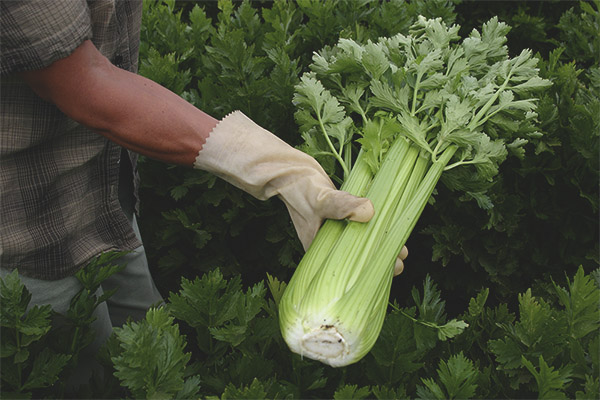
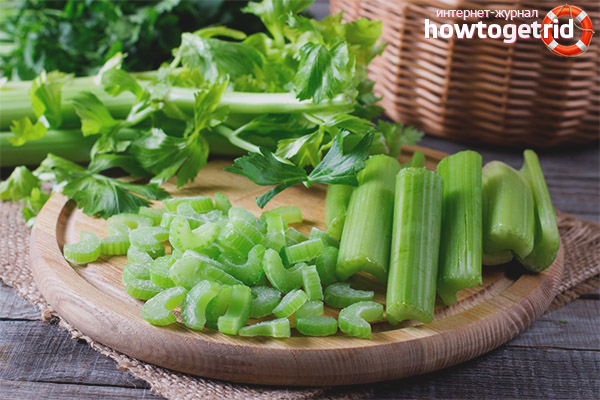
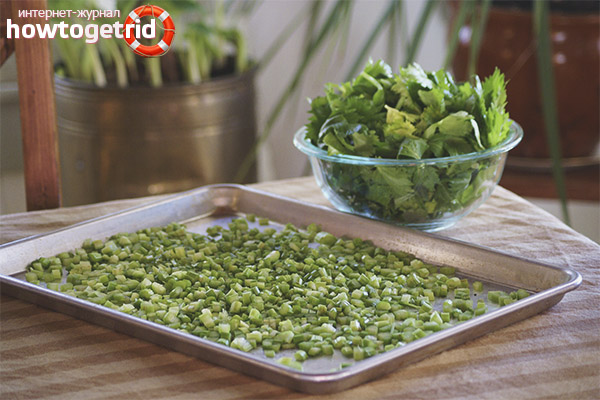

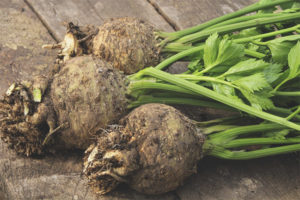

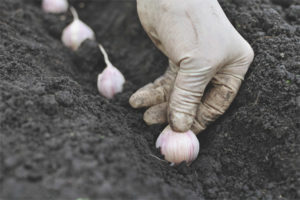
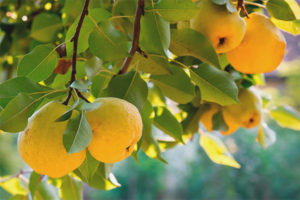
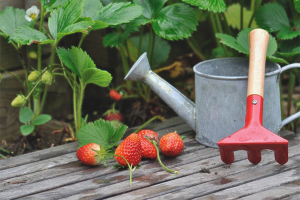

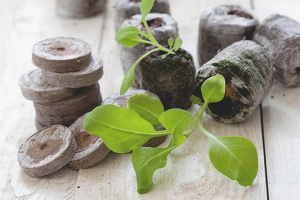
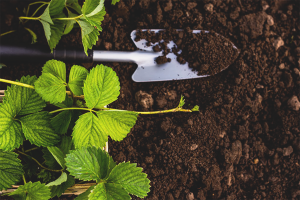
To send